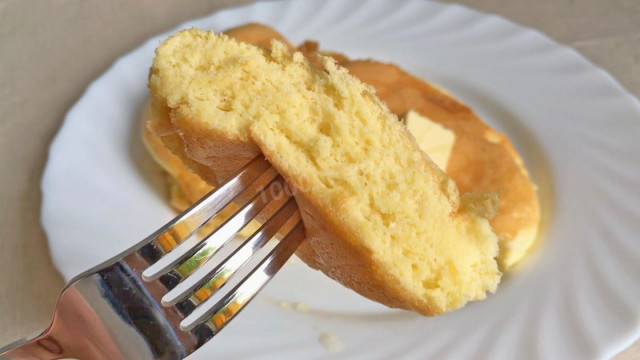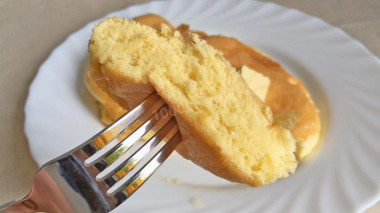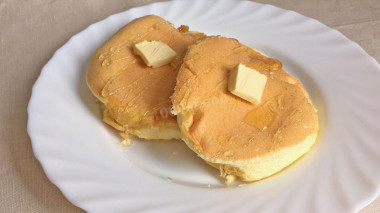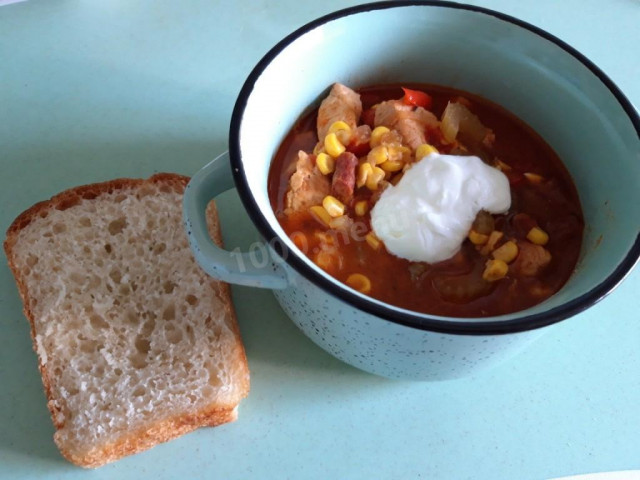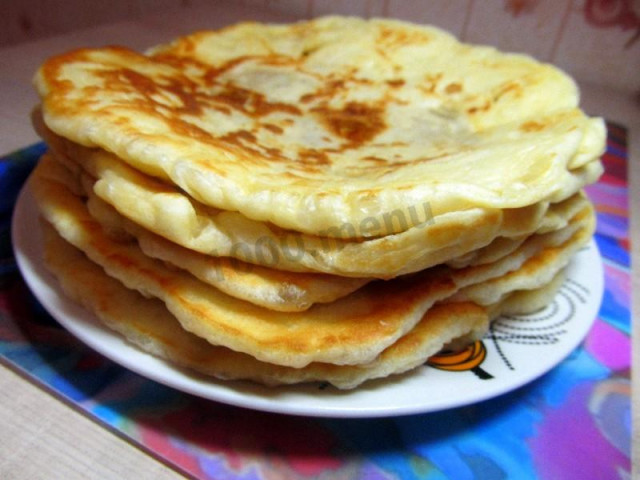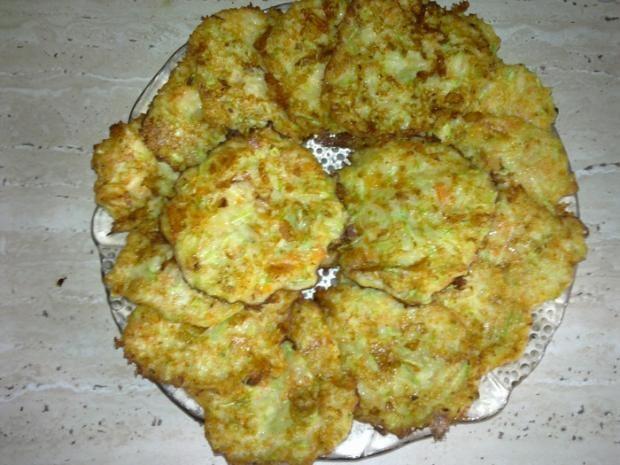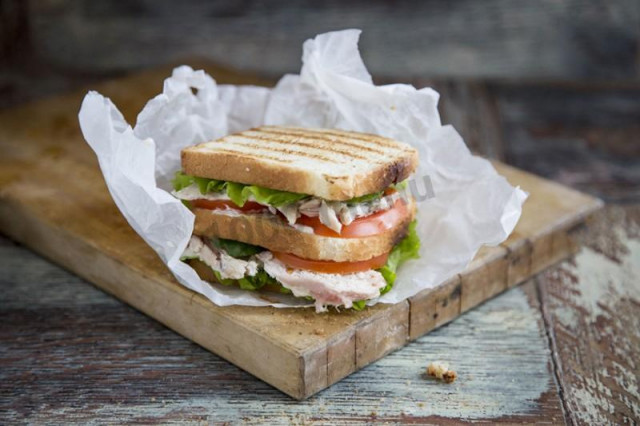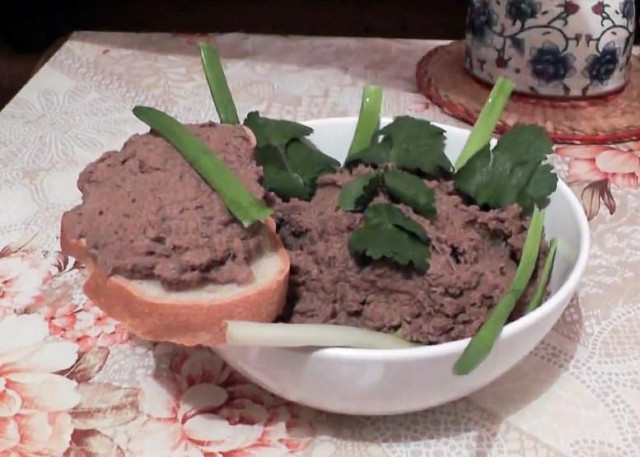Composition / ingredients
Step-by-step cooking
Step 1:
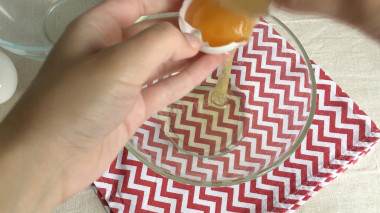
Separate the whites from the yolks.
Step 2:
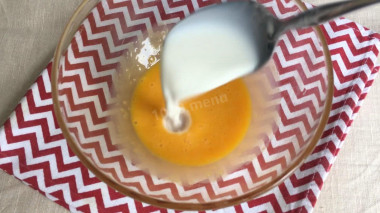
Mix the yolks, add the milk and mix again.
Step 3:
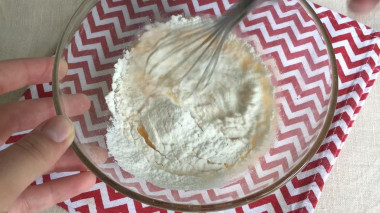
Sift the flour with baking powder into the yolks and mix until smooth.
Step 4:
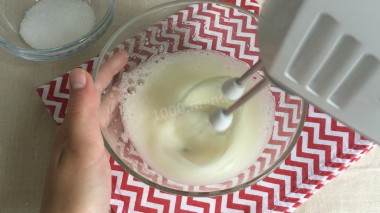
Whisk the whites lightly and add some of the sugar, whisk for another 30 seconds.
Step 5:
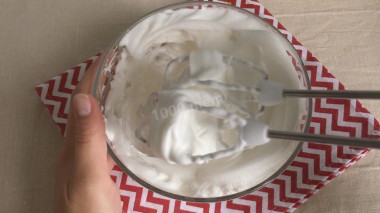
Then add the rest of the sugar and whisk the whites to firm peaks.
Step 6:
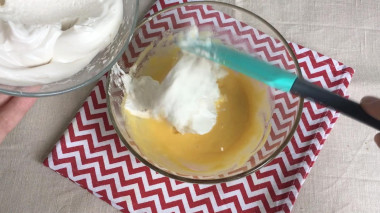
Gradually add the whipped whites to the yolks and mix gently.
Step 7:
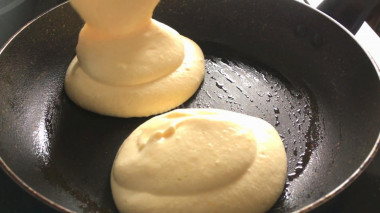
Preheat a non-stick frying pan over low heat and brush a little more with vegetable oil.
Step 8:
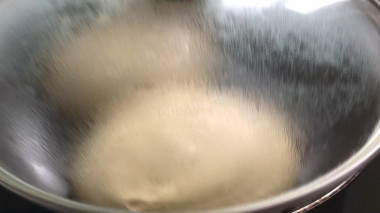
Put the dough in the pan, cover and cook for 3 minutes.
Step 9:
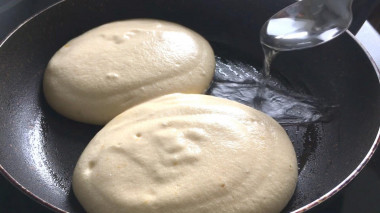
After 3 minutes, pour in 1 tablespoon of water, cover with a lid and cook for 1 minute.
Step 10:
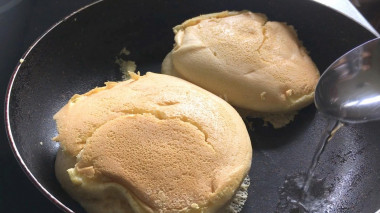
Gently turn the pancakes over, add 2 tablespoons of water to the pan, cover with a lid and cook for 4 minutes.
Step 11:
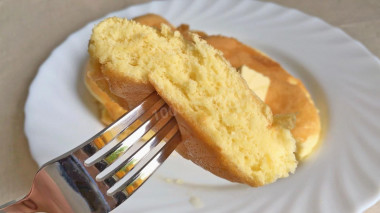
Serve ready-made pancakes with slices of butter and pour honey or syrup on top.
Pancake is a culinary product that is a thick, fluffy pancake that tastes like a sponge cake. They almost don't look like Russian pancakes at all. And Japanese pancakes are even more different from our pancakes. They are so delicate and airy that they look more like a souffle. Keep this in mind when you get ready to cook. It may well turn out that you will tune in to pancakes or pancakes, and in the end you will get a completely different dish!
And don't be confused by a small amount of flour! Wheat flour in some recipes is generally added to a minimum or not at all.
Pancakes should be thick enough — at least 0.5 cm — round, ruddy. When serving, they are stacked, served 2-3 pieces per serving. Pancakes can be accompanied by a variety of additives: berries (blueberries, blueberries, raspberries, strawberries, etc.), fruits (bananas, apples, pears), chocolate, various cereals, honey, etc., which are either kneaded into the dough or served separately.
Be prepared for the fact that flour may need more or less than indicated in the recipe. Focus not on the amount of flour, but on the desired consistency of the dough. To avoid mistakes, read about flour and its properties!
Is it possible to replace baking powder with soda, how to add them correctly so that the baking is lush, how to avoid an unpleasant soda taste and much more, read the article "Baking powder or baking soda - which is better?"
Calorie content of the products possible in the dish
- Whole cow's milk - 68 kcal/100g
- Milk 3.5% fat content - 64 kcal/100g
- Milk 3.2% fat content - 60 kcal/100g
- Milk 1.5% fat content - 47 kcal/100g
- Concentrated milk 7.5% fat content - 140 kcal/100g
- Milk 2.5% fat content - 54 kcal/100g
- Chicken egg - 157 kcal/100g
- Egg white - 45 kcal/100g
- Egg powder - 542 kcal/100g
- Egg yolk - 352 kcal/100g
- Ostrich egg - 118 kcal/100g
- Whole durum wheat flour fortified - 333 kcal/100g
- Whole durum wheat flour universal - 364 kcal/100g
- Flour krupchatka - 348 kcal/100g
- Flour - 325 kcal/100g
- Granulated sugar - 398 kcal/100g
- Sugar - 398 kcal/100g
- Baking powder - 79 kcal/100g

